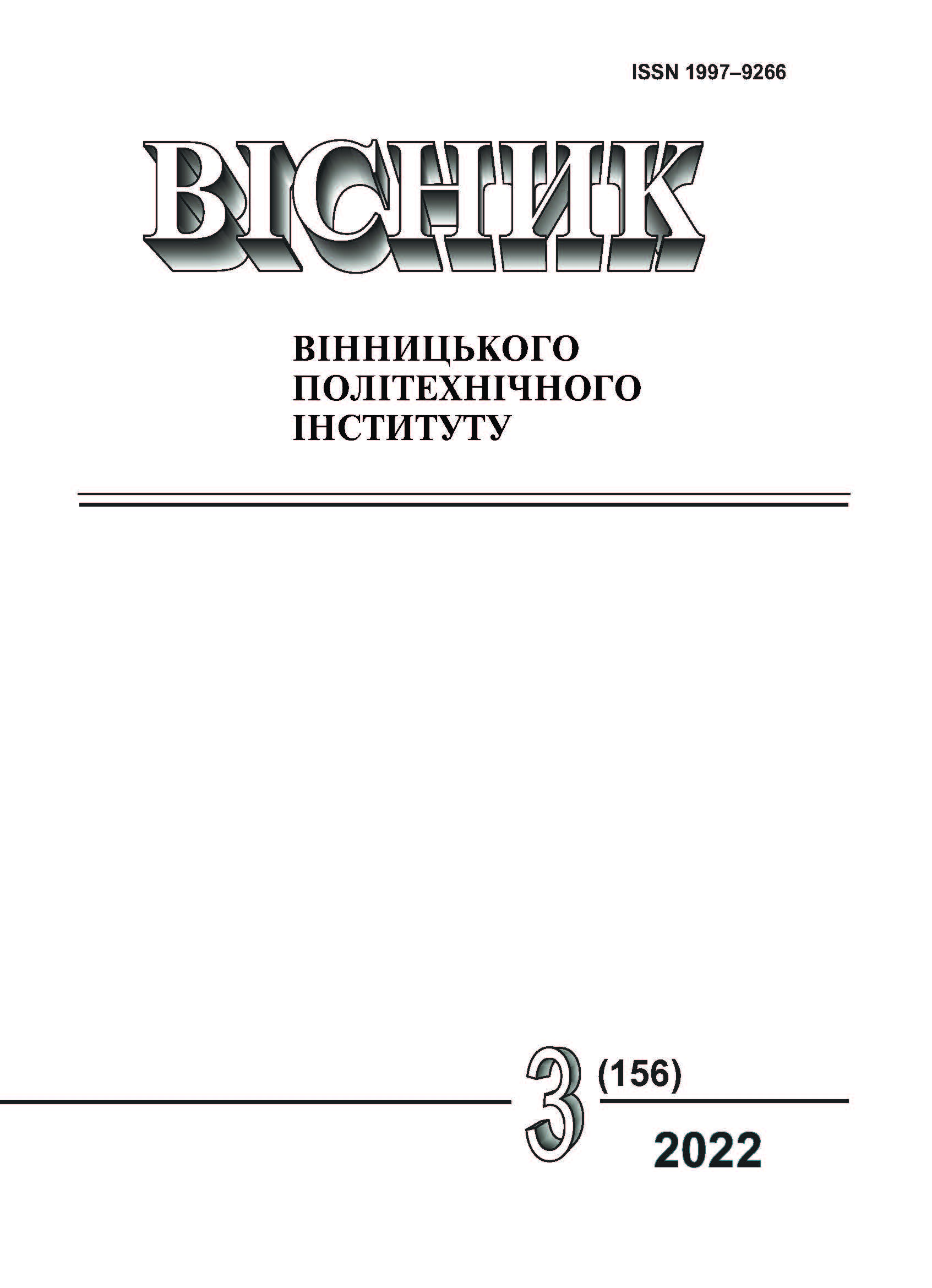Modern Approaches and Requirements for Methods of Controlling the Leakage of the Fuel Element Cladding
DOI:
https://doi.org/10.31649/1997-9266-2022-162-3-11-16Keywords:
method of shell tightness control, depressurization of fuel element, shell condition criteriaAbstract
An important place in the nuclear reactor of a nuclear power plant is the control of the tightness of the shells of the fuel elements of the nuclear reactor. Therefore, a review of existing methods of non-destructive testing of the tightness of fuel elements of fuel assemblies of a nuclear reactor of a nuclear power plant was conducted. Modern methods of control of tightness of shells of fuel elements allow to trace development of defect in a shell of fuel element and to reveal depressurization of fuel elements thereby preventing accidents. In connection with the single-circuit system of coolant circulation and in case of an accident by increasing the emission of radionuclides directly into the atmosphere, it is necessary to detect leaky fuel elements at nuclear power plants. In this regard, the analysis of modern methods of control of the tightness of the shell of the fuel element to detect the tightness of the shell of the fuel element is a topical issue that significantly increases the reliability and safety in the operation of a nuclear power plant. It is known that the interaction of the neutron flux with the shell of the fuel element causes corrosion processes on its surface with the formation of local inhomogeneities. The analysis of the considered methods of control of tightness of a fuel element showed that they are based on detection of percentage of radioactive substances and inert gases which are observed in the heat carrier after depressurization of a fuel element. It is established that the studied control methods do not allow to determine the criteria for depressurization or sealing of the shell of the fuel element. The question of equipping a nuclear power plant with modern methods of controlling the tightness of the shells of fuel elements that ensure the safe operation of technological equipment of a nuclear power plant, and have high degrees of reliability and efficiency in detecting emergencies in real time is open. A method of controlling damage to the outer and inner structure of the fuel element shell based on the use of a fractal geometry apparatus is proposed, which allows to indicate the degree of tightness of the fuel element in real time.
References
П. Ф. Буданов, К. Ю. Бровко, Е. А. Хом’як, і О. А. Тимошенко, «Удосконалення методу контролю оболонки тепловидільного елемента для підвищення безпеки ядерного реактора,» Вісник Харківського політехнічного інституту, № 1, с. 26-31, 2020.
Д. Г. Герасимов, «Разработка технической идеологии построения системы для проверки герметичности теловыделяющих элементов,» Путь науки, с. 52-56, 2017.
J. V. Michael, “Nuclear control rod position indication system,” U.S. Patent, no.: US 10, 020, 081 B2, December 2018.
В. И. Богорад, Т. В. Литвинская, А. В. Носовский, и А. Ю. Слепченко, Вопросы контроля герметичности оболочек тепловыделяющих элементов при внедрении новых видов ядерного топлива на АЭС Украины с реакторами ВВЭР-1000, Государственный научно-технический центр по ядерной и радиационной безопасности, с. 29-30, 2014.
A. C. Курский, В. В. Калыгин, и И. И. Семидоцкий, «Методы контроля герметичности оболочек тепловыделяющих элементов на корпусном кипящем реакторе ВК-50,» Вестник ИГЭУ, № 1, с. 1-6, 2014.
Ю. К. Кимович, и В. К. Кулешов, «Комплексный контроль дефектов внешнего вида ТВЕЛ ВВЭР-1000,» Приборы, № 10, с. 21-25, 2013.
И. Н. Юдин, и А. А. Персинен, «Радиационные технологии, как ключевой элемент сквозных технологий,» Известия Санкт-Петербургского государственного технологического института, с. 7-11, 2016.
А. В. Алексеев, А. В. Горячев, и О. И. Дреганов, «Изучение поведения ТВЕЛ реактора ВВЭР-1000 в условиях аварии с потерей теплоносителя,» Сборник трудов по АО ГНЦ НИИАР, с. 12-20, 2017.
J. I. S. Cho, T. P. Neville, and P. Trogadas, “Capillaries for water management in polymer electrolyte membrane fuel cells,” International journal of hydrogen energy, pp. 21949-21958, 2018.
С. К. Манкевич, Е. П. Орлов, «Метод бесконтактного контроля установки ТВС в ВВЭР,» Атомная энергия, № 1, т. 122, с. 33-37, 2017.
D. M. Stănică, and G. R. Şişman, “Trends in computation a intelligence applied in nuclear engineer in gandnon-destructive examination techniques of nuclear units,” in 7th International Conference on Electronics, Computers and Artificial Intelligence, 2015, pp. 21-24.
M. Trojanowicz, “A review of flow analysis methods for determination of radionuclides in nuclear wastes and nuclear reactor coolants,” Talanta, vol. 183, pp. 70-82, 2018.
С. В. Павлов, С. С. Сагалов, и С. В. Амосов, «Система неразрушающего контроля облученных ТВЕЛ для стенда инспекции и ремонта тепловыделяющих сборок ВВЭР,» Известия вузов Ядерная энергетика, № 3, с. 5-11, 2010.
Downloads
-
PDF (Українська)
Downloads: 200
Published
How to Cite
Issue
Section
License

This work is licensed under a Creative Commons Attribution 4.0 International License.
Authors who publish with this journal agree to the following terms:
- Authors retain copyright and grant the journal right of first publication.
- Authors are able to enter into separate, additional contractual arrangements for the non-exclusive distribution of the journal's published version of the work (e.g., post it to an institutional repository or publish it in a book), with an acknowledgment of its initial publication in this journal.
- Authors are permitted and encouraged to post their work online (e.g., in institutional repositories or on their website) prior to and during the submission process, as it can lead to productive exchanges, as well as earlier and greater citation of published work (See The Effect of Open Access).





